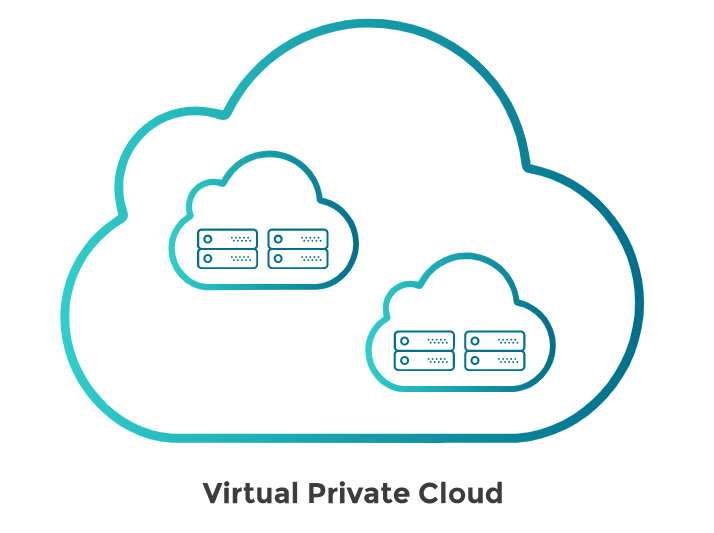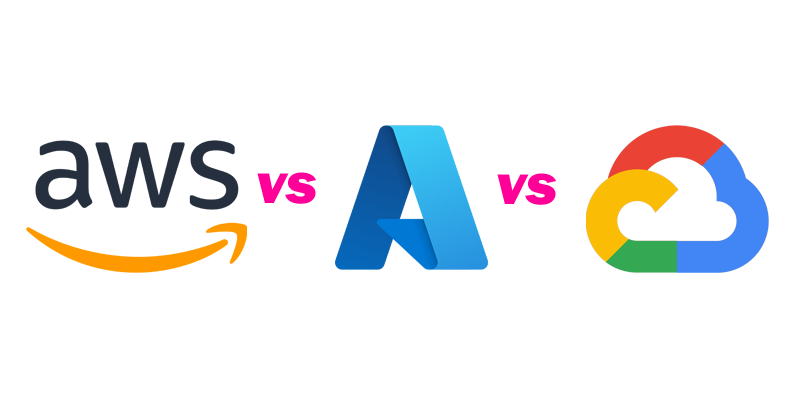AI virtual assistant technology is one of the major digital innovations in 2024 because it shapes our everyday interactions with technology. In addition to performing repetitive tasks like answering frequent questions, these devices are also intended to give tailored experiences that make life easier and help one achieve more from what they do. In this blog, we will look at how you can create an advanced AI virtual assistant technology including its underlying technology, various types of applications, issues during development stages, and recommendations for best practices.
Steps to Build Your AI Virtual Assistant
To be successful in creating an AI-powered virtual assistant, there are several crucial steps involved in its development process, including:
Establishing Scope and Objectives: The first step is to set out the aims and functions of your AI-based virtual assistant. Define the Purpose and Function of your AI virtual assistant Identify its core tasks, intended audience, and the pain points it seeks to alleviate. With a clear scope of the work, it’s easier to make design and technical decisions during development.
Example: A healthcare provider plans to build a patient inquiries and appointment scheduling assistant, to lower the call center load and increase overall positive experience full stop.
Identify the Right Technology Stack: It is important to choose suitable tools or platforms you intend to use for building your assistant. Google Dialog flow, Microsoft Azure Bot Service, or Amazon Lex are some of the options equipped with advanced features for NLP, machine learning, and integration.
Example: A financial services company chooses Microsoft Azure Bot Service to take advantage of its powerful NLP skills and tie into its current customer management system.
Creating Conversation Flow: Your AI virtual assistant should have a well-structured conversation map. You may want to draw a line joining possible interactions such as user requests versus anticipated answers. The conversation flow is like the backbone of a smooth user experience. It is to identify the user requests and how the MS bot will respond to each request so that it can predict different possibilities of interaction.
Example: A chatbot conversation flow might guide students using an e-learning platform through finding their way around the courses and answer instantly FAQs like « What is my next lesson? or Assignments (as in, “How do I get to my assignments?”
Constructing and Training Your Assistant: While building and training your bot you should employ natural language processing (NLP) as well as machine learning (ML) technologies. To develop your assistant, you have to create and train it based on relevant data using NLP (natural language processing) / ML (machine learning).
Example: An e-commerce company teaches its assistants with millions of customer service interactions to speed up their understanding and answer common questions asked over orders, returns, or product details.
Test and Iterate: Test the application thoroughly for bugs and places to improve the user interface, the assistant should be constantly tested on actual use cases and user feedback to improve its performance. Repeated testing enables the assistant to be improved to interact more efficiently with multiple scenarios.
Example: A food delivery service could test its AI assistant by letting users order through it and receive feedback to increase popular item suggestions/add discounts.
Challenges in AI Virtual Assistant Development
Developing an effective AI virtual assistant technology involves a lot of overcoming challenges, they are:
Understanding Context: One of the most significant challenges that AI digital assistants face when trying to communicate with humans. Advanced natural language processing (NLP) techniques can help, but they need to be coupled with machine learning models to accurately interpret what users type in multiple contexts.
Example: An AI assistant for a smart home would have difficulty in determining if “Turn off the light” is intended for that room or should be expanded to, say, “All of the lights。” This is where context-aware algorithms come into the picture.
Handling Ambiguity: Often, users give incomplete or vague information, which requires designing the AI assistants in such a way that they can handle these scenarios while asking questions for clarification to improve the user experience.
Example: If a user says “I need help with my account,” the assistant might ask “Payment or subscription account? to narrow down the context.
Data Privacy and Security: The privacy of our users’ data should always be guaranteed through tight security measures and compliance with data protection frameworks. To develop an AI assistant, especially with the handling of sensitive information, it is essential to adhere strictly to data privacy and security practices. Ensuring that user data is kept securely, and adhering to guidelines such as GDPR are must-haves if you want users.
Example: A banking assistant, end-to-end encrypting users’ financial data while processing transactions or giving account details with multi-factor authentication.
Continuous Improvement: To make the AI virtual assistant; models have to be constantly tuned within a specified time frame based on the customers’ comments or other newly acquired information. An AI virtual assistant is only useful for as long it can be updated with new data and additional input, using user feedback. The assistant will become better and more up-to-date over time with ongoing tuning and model improvements.
Example: A travel assistant that uses context-aware recommendation engines to learn iteratively from feedback across the user base and seasonal trends, offering more relevant suggestions for flights, hotels, local attractions, etc. thereby increasing its utility value to users every time they engage with it.
The Technologies Behind AI Assistants
Building an influential AI virtual assistant demands harnessing many advanced technologies. These technologies all contribute significantly to ensuring that the assistant runs smoothly and gives the users top-notch satisfaction.
Speech-to-text (STT) and Text-to-Speech (TTS):
Speech-to-text (STT) technology converts spoken language into written text, allowing the assistant to understand voice commands. On the other hand, text-to-speech (TTS) transforms written material back into sounds so that an AI virtual assistant can vocalize its messages.
Natural Language Processing (NLP):
Natural Language Processing (NLP) is the base of AI virtual assistant technology. It allows the assistant to process and produce human languages. Various tasks, such as understanding user inputs and context and generating coherent responses, are all part of NLP. Advanced NLP techniques enable the assistant to handle complex queries and carry out meaningful conversations.
Augmented Reality (AR):
Augmented Reality (AR) superimposes digital material on top of real-life scenes, thereby enriching users’ experiences. Regarding AI virtual assistants, AR can be used for interactive tutorials, visual guides, or immersive simulations. For example, an AI-driven virtual assistant, for instance, could utilize AR to provide interactive walkthroughs where users were guided through complicated steps such as putting together furniture or diagnosing a technical problem with adjustments displayed right in front of their eyes.
Generative Adversarial Networks (GANs):
Generating realistic data and simulating complex situations is the main purpose of Generative Adversarial Networks (GANs). For example, a company may use Generative Adversarial Networks (GANs) to generate plausible customer service dialogues for training an AI virtual agent. This GAN generates different styles of conversation, varied accents, and tones, which allows the AI to get better at handling diverse user interactions without needing thousands of hours in real-world data.
Conclusion
The development of AI virtual assistant in 2024 is bringing the most advanced techniques together with clever design decisions. First, decide what you want from your assistant to do and who will use it. Choose tools such as Google Dialog Flow or Microsoft Azure Bot Service to give shape to your ideas. Then create a flow of conversation and provide training for this respective assistant in Natural Language Processing (NLP) and machine learning till it can effectively understand your users as well as have uniform replies back based on what you trained. The process will keep wide awake your assistant, testing and tweaking it based on real feedback. Think about how to deal with strange contexts, deal with a lot of vagueness, and ensure data privacy. Leverage cool stuff like speech-to-text, Text-to-Speech, AR, and GANs to add more interactivity & usefulness to your assistant. If we go through these steps and keep iterating, it will allow us to move towards a more service-oriented AI virtual assistant that genuinely assists your users, instead of bothering them.
FAQs about AI Virtual Assistant Technology
Q1: What is the difference between an AI virtual assistant and other digital tools?
An AI virtual assistant is designed to understand and interact with people like a human being, but unlike other traditional tools, it uses advanced technologies such as artificial intelligence (AI) and machine learning (ML) in performing tasks.
Q2: How does an AI-powered virtual assistant enhance productivity?
An AI-powered virtual assistant can automate routine tasks such as scheduling appointments or sending reminders thus making room for more serious work. By linking itself with other useful applications, it helps create seamless workflows resulting in higher levels of output.
Q3: What role does an artificial intelligence virtual assistant play in customer care?
AI digital assistants are essential for clients’ service since they offer immediate answers to questions made by clients thus saving time spent waiting; this is also done through dealing with a few frequently asked problems and giving guidance on where clients should go. groups.
Q4: How do conversational AI virtual assistant enhance the user experience?
Conversational AI virtual assistant use natural language processing (NLP) to understand and engage in human-like conversations. They can interpret complex queries, provide relevant answers, and adapt their responses based on the context, making interactions more intuitive and user-friendly.
Q5: What are the benefits of using AI assistant chatbots in business?
AI assistant chatbots can handle a large volume of customer inquiries simultaneously, operate 24/7, and provide consistent, accurate information. This leads to faster resolution times, improved customer engagement, and cost savings for business.





















